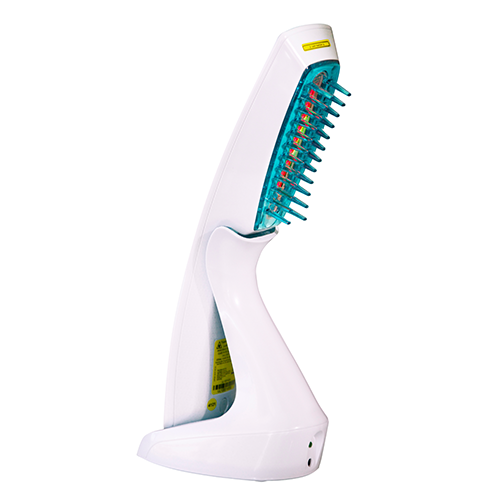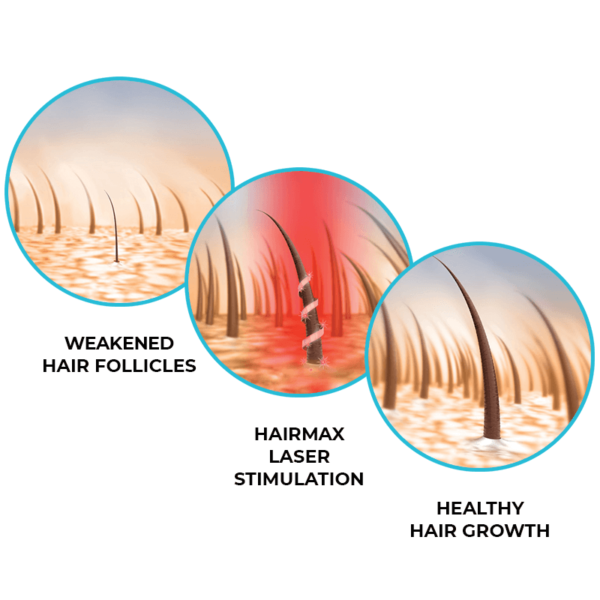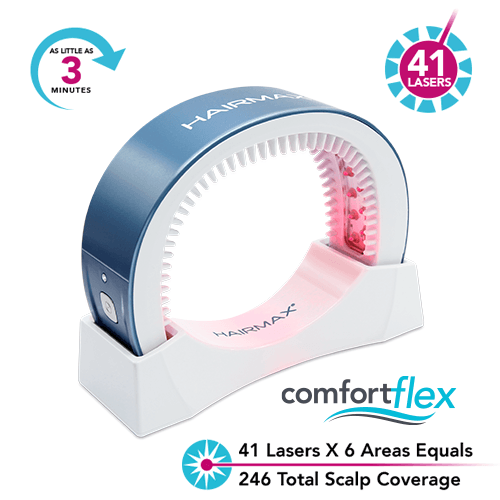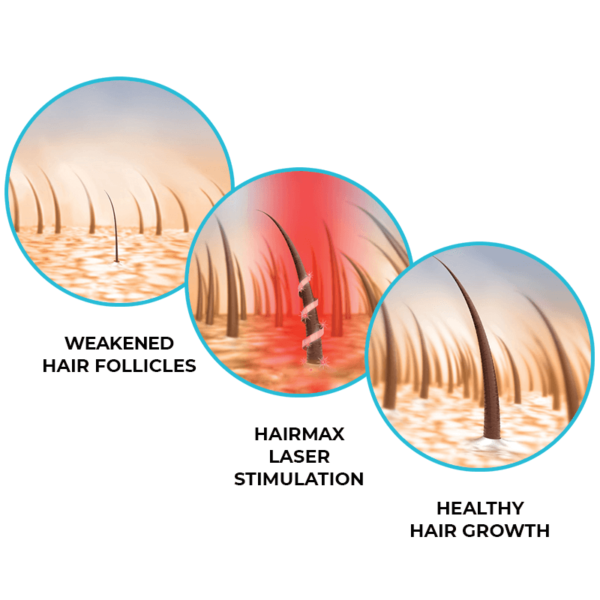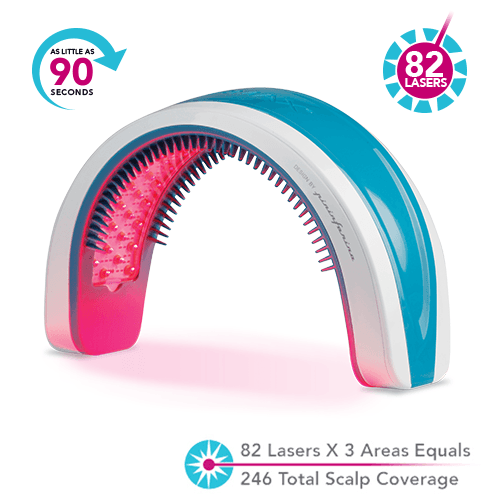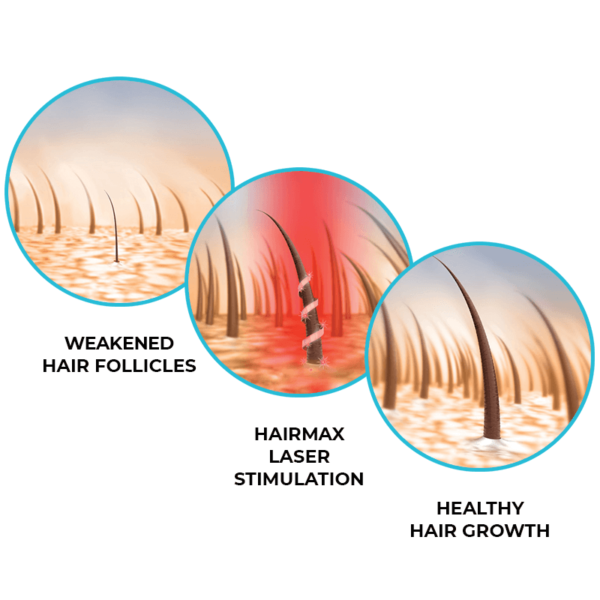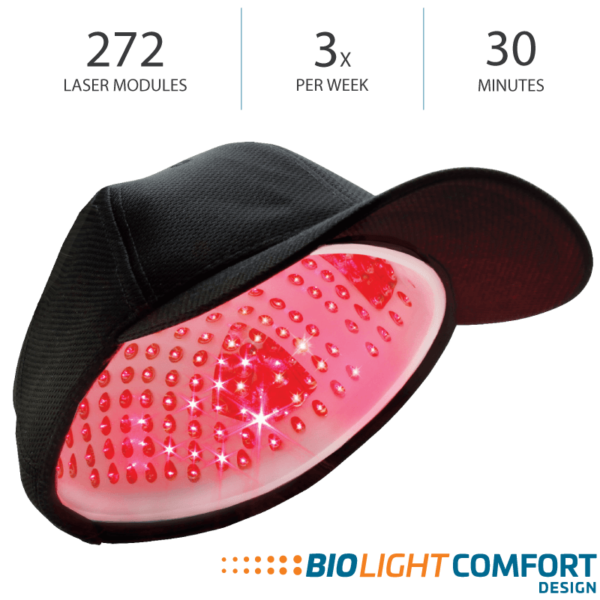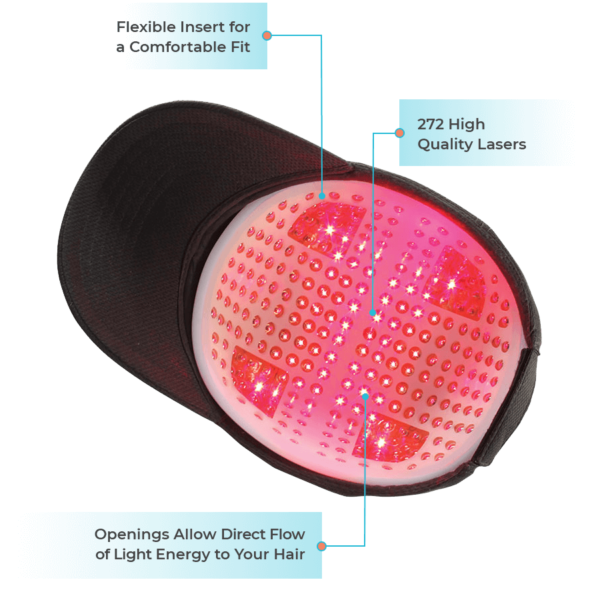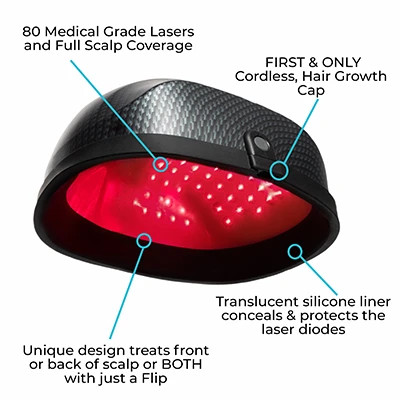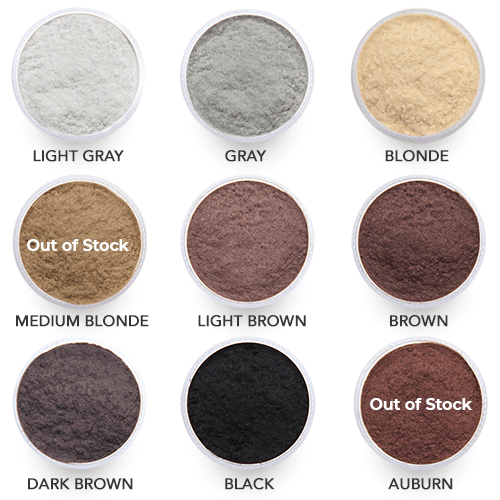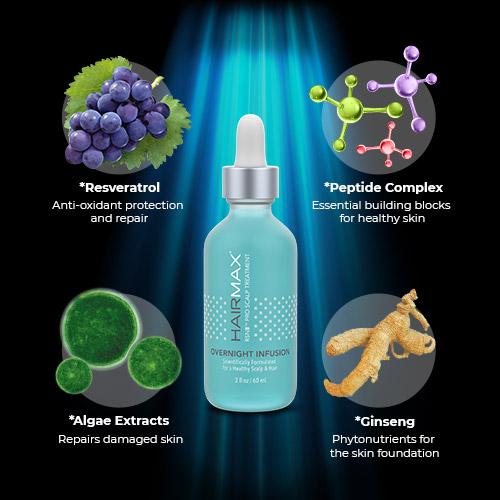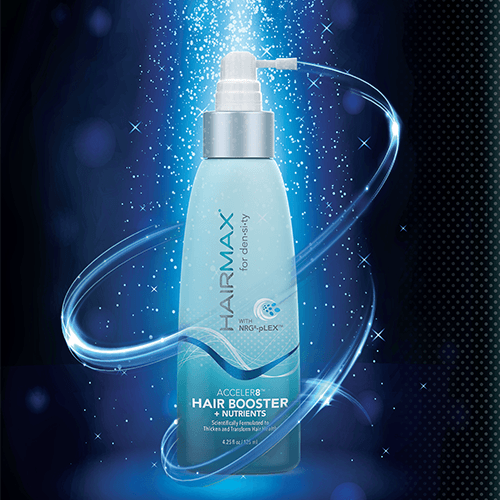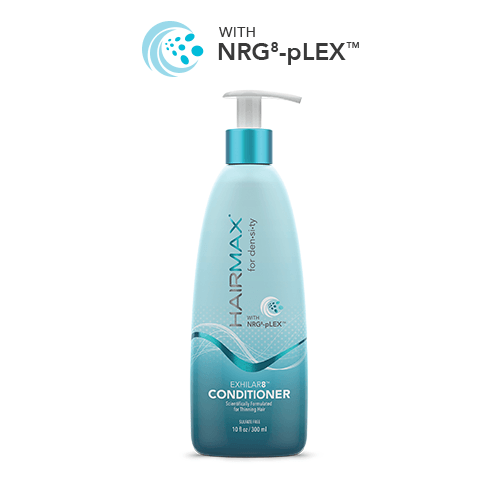Healthy, thick, shiny hair is associated with youth, vibrance, good health and influences how you feel about yourself. When hair loss happens, it can be very emotionally upsetting. Both men and women will experience hair loss at some point in their lives. It’s important to know what contributes to hair loss and what steps you can take to help stop the progression of your hair loss and help regrow your hair.
Hereditary Hair Loss is the Most Common Type of Hair Loss
Hair loss happens for a variety of reasons including, stress, poor diet, overstyling and medical issues. The most common type of hair loss is hereditary hair loss, also known as Androgenetic Alopecia. This is a natural condition caused by a combination of genetics, hormone levels and the aging process. This type of hair loss involves an inherited sensitization of genetically predisposed hair follicles to the hormone dihydrotestosterone (DHT). The affected hair follicles gradually shrink and the hair life-cycle shortens which results in thinning hair. In some cases the follicle eventually ceases to produce hair, shuts down and becomes dormant.
Hereditary hair loss can start as early as the mid 20’s and up to half of the male population will be affected by the age of 50. One in four women will, experience hair loss at some point in their lives, most severely with the onset of menopause.
Androgenetic alopecia affects men and women differently. Men will notice a receding hairline, the formation of a bald patch on the top of the scalp and gradual thinning on the crown. Women will typically experience a gradual thinning all over the scalp, thinning in the temple areas, and a widening in the gap where the hair parts but very rarely experience baldness.
There are only 3 FDA Cleared/Approved Treatments for Hereditary Hair Loss
HAIRMAX: LASER PHOTOTHERAPY FOR MEN & WOMEN
Low Level Laser Therapy (LLLT) is visible light in the red spectrum. Safe, easy and effective, low level lasers deliver light energy directly to the scalp through a process known as Photobiostimulation. The laser light increases the amount of adenosine triphosphate (ATP), the fuel of the living cells within the follicle. ATP is integral to the function of the cell as an “energy transporter.” It promotes an increase in cellular activity, which helps create an optimal environment for hair growth. In addition, the energy from laser light may increase blood flow and circulation in the scalp. This leads to healthier hair follicles and helps remove harmful elements such as DHT, the hormone responsible for hair loss.
Laser treatments infuses hair follicles with the energy needed to stimulate growth factors, reverse the thinning process, extend the growth phase, help restore a healthy hair cycle and regrow hair. No Drugs, No worrisome side effects. No Ongoing Costs.
MINOXIDIL FOR MEN & WOMEN
Minoxidil (Rogaine) is topical drug that is applied to the scalp twice a day. About one-quarter of men and one-fifth of women who use minoxidil experience some hair regrowth, which may take 2 to 4 months. Side effects include dryness and irritation of the scalp. In women it may cause facial hair to grow. Topical drug. Ongoing monthly refills required.
FINASTERIDE FOR MEN ONLY
Oral finasteride (Propecia) is an FDA-approved drug for baldness. Taken once daily, finasteride blocks the formation of the hormone dihydro-testerone (DHT), which is responsible for shrinking hair follicles. Side effects may lead to diminished libido and sexual dysfunction.
Oral Drug. Prescription and monthly refills required.
Clinical trials of HairMax laser devices were compared to the results of clinical trials with minoxidil and finasteride and were found to be equivalent. (Clinical paper published in the American Journal of Clinical Practice).
To better understand hair loss, it helps to first understand the phases of the hair growth cycle. The images below illustrate the various phases.
How Hair Grows: The Phases of the Hair Growth Cycle
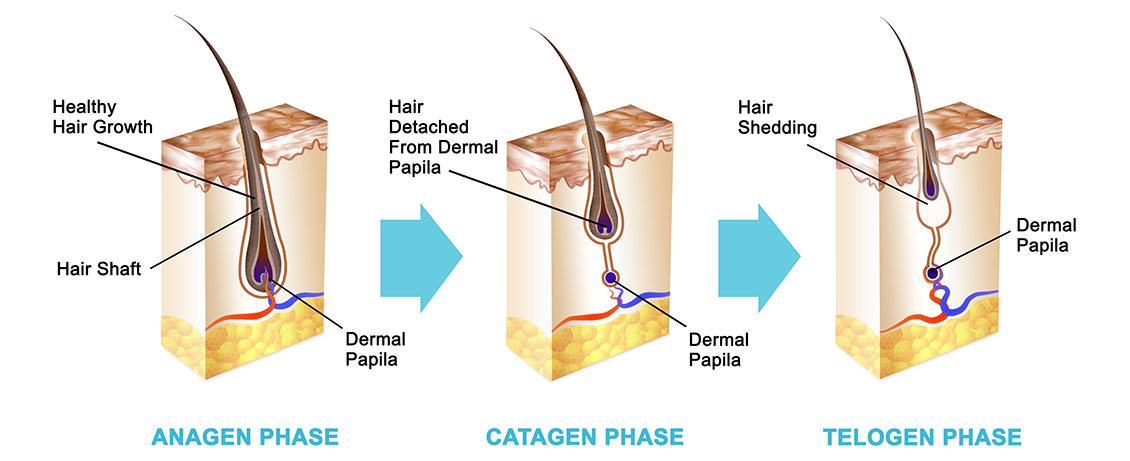
The hair growth cycle consists of three phases: Growth (Anagen), Resting (Telogen) and Transition (Catagen). At any given time, 10-20% of your hair is in the Catagen or Telogen phase waiting to be shed and replaced by an active Anagen hair (similar to the way a baby tooth is pushed out by a permanent tooth). HairMax energizes and stimulates hair follicles in the Catagen (transition) and Telogen (resting) phases causing a new Anagen hair to be formed.
How Hair Loss Happens: The Process of Pattern Hair Loss
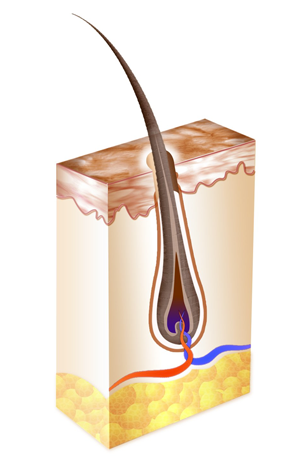
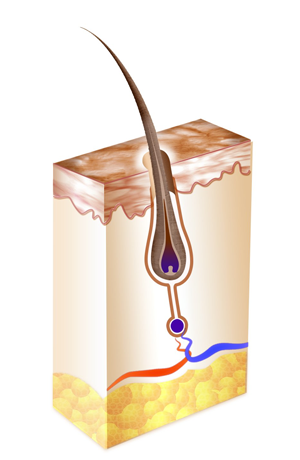
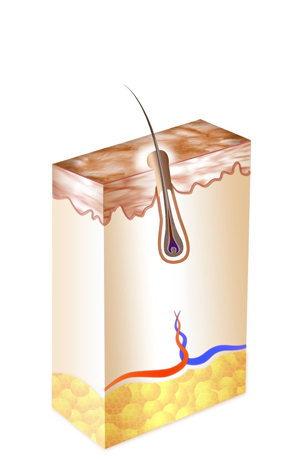
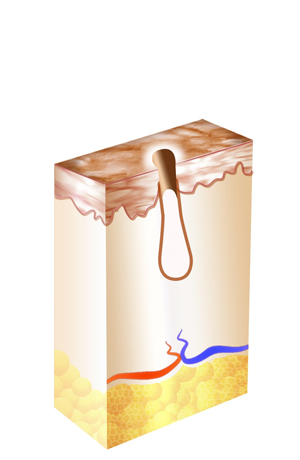
A. In the “Growth Phase” or “Anagen Phase”, each hair grows approximately one centimeter (1/2 inch) per month for a period of 2 to 8 years. HairMax helps by providing energy to the hair growth process thus producing healthier, fuller hair.
B. In the “Resting Phase” or “Telogen Phase”, the hair stops growing and ‘rests’ for 2 to 4 months and eventually falls out. The HairMax helps by stimulating re-growth of new hair.
C. Termed “Vellus Hair” (light colored, short, fine “peach fuzz” hairs), the HairMax helps these fine hairs by stimulating them to grow into thicker, more mature hair.
D. The root is dead and cannot be helped.


